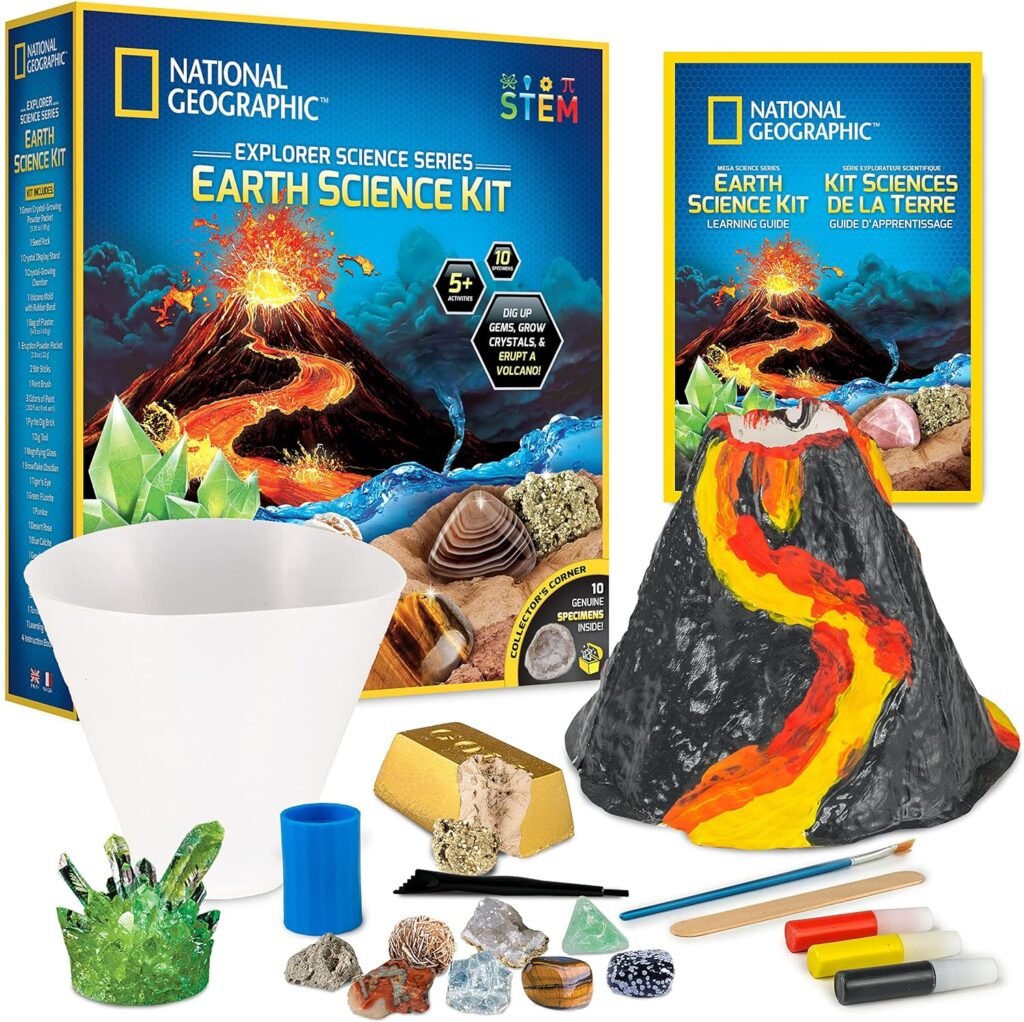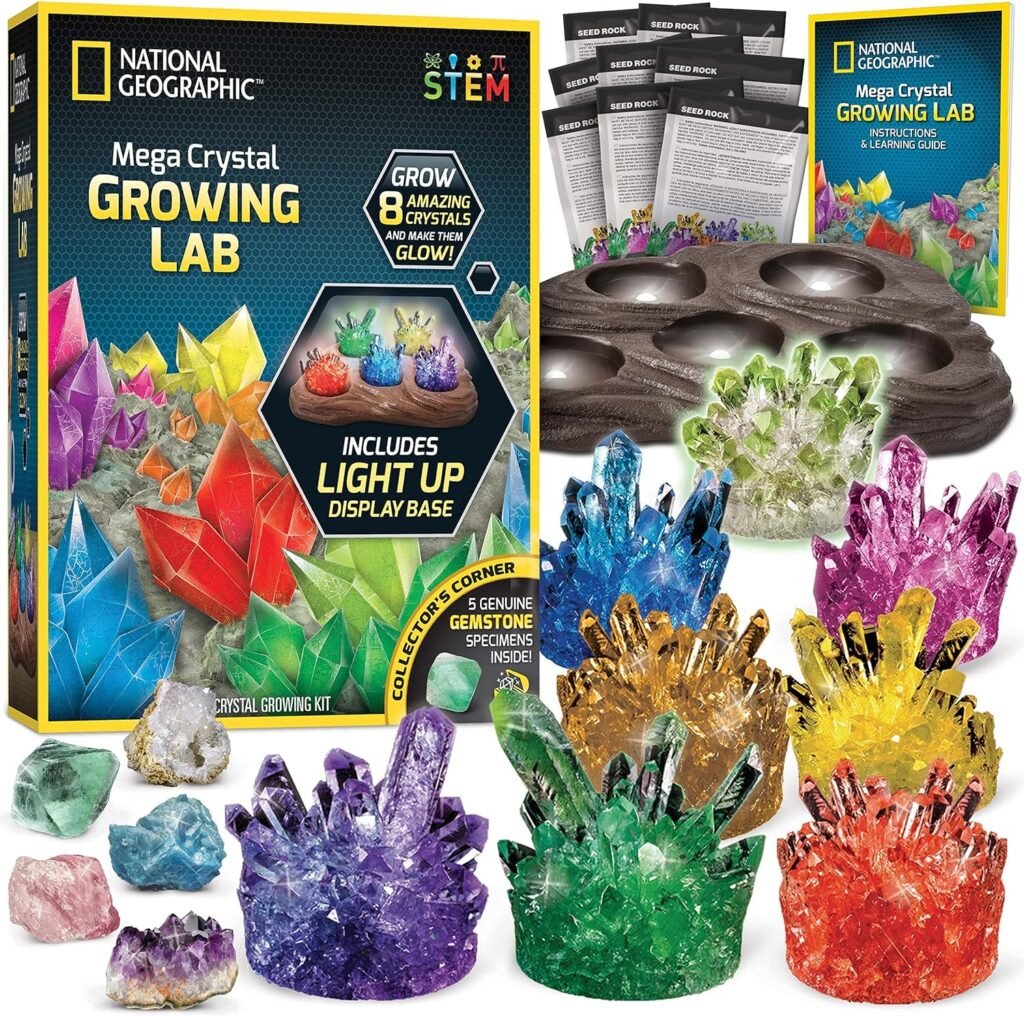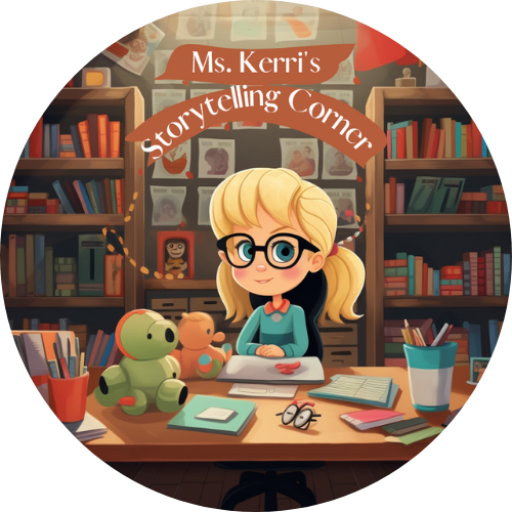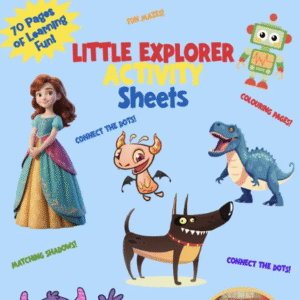Number recognition is a key building block in early childhood education. It helps kids understand the world around them through numbers, which are everywhere. This article explores how to make learning numbers fun and engaging through play and everyday activities. By using playful methods, we can help children develop confidence in their number skills, setting the stage for future math success.
Key Takeaways
- Number recognition is essential for early math skills and builds confidence in children.
- Integrating counting into daily routines helps reinforce number understanding naturally.
- Creative games and hands-on activities make learning numbers enjoyable and effective.
- Adapting activities to fit different learning styles ensures all children can engage with numbers.
- Celebrating small successes in number recognition boosts children’s self-esteem and encourages further exploration.
Understanding Number Recognition

Defining Number Recognition
Number recognition is more than just knowing what a number looks like. It’s about understanding that a symbol represents a specific quantity. It’s a key early math skill that lets kids tell numbers apart, say their names, and connect them to real things. Think of it as the first step before they can even start counting or doing simple math.
Importance of Number Recognition
Why is number recognition so important? Well, it’s the base for everything else in math. Before kids can add or subtract, they need to know what numbers are and what they mean. It’s not just about memorizing; it’s about truly understanding what numbers represent. Here’s why it matters:
- It builds a strong math base. Recognizing numbers helps kids understand counting, patterns, and how much things are, which are all important for later math success. natural leavening is a great example of this.
- It helps them understand that a number stands for a certain amount. When they see the number 5, they know it means five things, not just a random symbol.
- It gets them ready to read and write numbers, which they’ll need for solving problems later on.
Number recognition is a skill they’ll use every day, from telling time to counting money. It gives them practical knowledge that’s useful in the real world.
How Number Recognition Develops
Learning to recognize numbers isn’t just about memorizing shapes. It involves a few key skills that all work together:
- Understanding that numbers mean something. Kids learn that groups of things can be counted, and each group has a number. This helps them get the idea of quantity.
- Knowing the names of numbers. They need to connect the words “one,” “two,” “three,” etc., with the numbers. This lets them say the numbers and connect them to how they look written down.
- Being able to spot numbers when they’re written down. This helps kids tell numbers apart and know what each one means.
Engaging Activities for Number Recognition

Creative Counting Games
Okay, so, counting doesn’t have to be boring! Think about it: kids love games. Why not sneak in some number learning while they’re having a blast? One idea is to create a “Number Scavenger Hunt.” Hide numbered objects around the room, and have the kids find them in order. Another fun game is “Counting Hopscotch.” Draw a hopscotch grid with numbers, and have the kids shout out the number as they hop. This makes learning active and memorable.
Here are some other ideas:
- Number Towers with Blocks: Kids stack blocks while counting.
- Bean Bag Toss: Toss bean bags onto numbered targets.
- Monster Eyes Counting: Draw monsters and count their eyes.
I remember when my niece was learning to count. She hated flashcards, but she loved playing “store.” We’d use play money and she’d have to count out the right amount for her purchases. It was amazing how quickly she picked it up when it was part of a game.
Interactive Storytelling
Stories are a great way to get kids engaged. Instead of just reading a story, make it interactive! Pause and ask questions like, “How many apples did she pick?” or “What number comes next?” You can even have the kids act out the story, using their fingers to represent numbers. Get creative with it! Use puppets, props, and silly voices to keep them entertained. This helps them connect numbers to real-world situations and makes learning more meaningful.
Hands-On Learning with Objects
Forget worksheets! Kids learn best when they can touch and feel things. Use everyday objects like buttons, beads, or even snacks to teach counting. For example, you could ask, “How many grapes are on your plate?” or “Can you give me three buttons?” You can also use manipulatives like counting bears or linking cubes. The key is to make it tangible and relatable.
Here’s a simple activity:
- Gather a collection of small objects (e.g., buttons, coins, pasta).
- Ask the child to count out a specific number of objects.
- Have them arrange the objects in different patterns to visualize the number.
For more ideas, check out these preschool number recognition activities.
Incorporating Number Recognition in Daily Life

Counting During Routines
Okay, so think about your daily grind. There are tons of chances to sneak in some number practice. Like, when you’re getting dressed, count the buttons on a shirt. Or, when you’re setting the table, count out the forks and spoons. It’s super simple, but it really helps kids see that numbers aren’t just some abstract thing they learn at school. It’s about making numbers a natural part of their world.
Using Numbers in Play
Playtime is prime time for number recognition! Think about games like hopscotch – each square has a number. Or, when you’re building with blocks, you can count how many blocks you’re using. Even something as simple as rolling a die in a board game is great practice. The key is to make it fun and engaging, so they don’t even realize they’re learning.
Recognizing Numbers in Nature
Believe it or not, nature is full of numbers! Look at the petals on a flower – how many are there? Count the legs on a bug (maybe not too closely, haha). Or, if you’re collecting rocks, you can sort them into groups and count how many are in each group. It’s a cool way to show kids that numbers are everywhere, not just in books or on screens.
Making number recognition a part of everyday life doesn’t have to be a big deal. It’s about finding those little moments where you can point out numbers and make them relevant. The more kids see numbers in action, the more comfortable and confident they’ll become with them.
Adapting Activities for Different Learning Styles

It’s super important to remember that everyone learns in their own way and at their own speed. What clicks for one kid might totally miss the mark for another. So, when we’re teaching number recognition, we need to be ready to switch things up and tailor our approach. It’s all about finding what works best for each individual.
Tailoring Activities for Younger Children
With younger kids, it’s best to keep things simple and fun. Focus on smaller numbers, like 1 to 5, and use lots of hands-on activities. Think about using big, colorful blocks or toys that they can easily grab and count. Repetition is key, but try to make it engaging so they don’t get bored. Y
Incorporating Visual Aids
Some kids are just naturally visual learners. For them, seeing is believing! Flashcards with big, clear numbers can be a great tool. You can also use things like number lines or charts. Color-coding can also help – for example, using one color for odd numbers and another for even numbers. Don’t be afraid to get creative with your visual aids!
Using Movement to Enhance Learning
For kids who are always on the go, sitting still and focusing can be a real challenge. That’s where movement comes in! Try incorporating number recognition into games that involve running, jumping, or dancing. For example, you could write numbers on pieces of paper and have them jump to the correct number when you call it out. Or, you could play a game of Simon Says using number-related commands.
Remember, the goal is to make learning fun and engaging. By adapting your activities to suit different learning styles, you can help every child build confidence in their number recognition skills.
Building Confidence Through Number Recognition

Celebrating Small Achievements
It’s easy to get caught up in wanting kids to immediately grasp everything, but that’s not how learning works. Acknowledge and celebrate every small step. Did they correctly identify the number 3 today, even if they struggled yesterday? That’s a win! Make a big deal out of it. High-fives, stickers, a little dance – whatever makes them feel good. This positive reinforcement is way more effective than focusing on what they haven’t mastered yet. It’s about building a growth mindset, where they see progress and feel encouraged to keep going.
Encouraging Exploration
Don’t just drill numbers. Let kids explore them in their own way. Provide a variety of materials – blocks, beads, play dough – and let them experiment with creating sets and representing numbers. Ask open-ended questions like, “How many ways can you show me the number 4?” or “What happens if we add one more to this group?” This kind of exploration helps them develop a deeper understanding of number recognition and builds confidence in their ability to figure things out.
Creating a Positive Learning Environment
Learning should be fun, not stressful. If a child is struggling, avoid pressure or criticism. Instead, focus on creating a supportive and encouraging environment. Use positive language, offer help without taking over, and emphasize the joy of discovery. Remember, the goal is to build a love of learning, not just memorize numbers. A positive environment fosters curiosity and makes them more willing to take risks and try new things.
A relaxed and playful atmosphere is key. When kids feel safe and supported, they’re more likely to engage with the material and less afraid to make mistakes. Mistakes are learning opportunities, not failures. Frame them that way, and you’ll see a big difference in their confidence and willingness to learn.
Exploring Whole and Cardinal Numbers
Understanding Whole Numbers
Whole numbers are the basic building blocks of math, and it’s super important kids get a handle on them early. Think of whole numbers as any non-negative number without fractions or decimals. They’re what we use to count everyday things. Pointing out examples in daily life can really help kids grasp the concept. For instance:
- How old they are.
- The number of stairs in your house.
- The house number on your street.
These examples show that whole numbers represent real, concrete things. It’s not just abstract math; it’s part of their world. You can even use a number path to help them visualize the sequence.
Recognizing Cardinal Numbers
Cardinal numbers tell us “how many” of something there are. They’re all about quantity. When a child counts “four cars” or “ten fingers,” they’re using cardinal numbers. This skill is key for understanding amounts and sets the stage for more advanced math concepts. Here’s how you can reinforce this:
- Ask, “How many cookies are on your plate?”
- Count toys together and emphasize the total.
- Use counting songs and rhymes that focus on quantity.
Cardinal numbers are not just about reciting numbers; it’s about understanding the quantity each number represents. This understanding is crucial for developing number sense and preparing children for more complex mathematical concepts.
Practical Applications of Number Types
Integrating whole and cardinal numbers into daily routines makes learning fun and relevant. Here are some ideas:
- Cooking: Have your child count out ingredients while baking. “We need two cups of flour!”
- Setting the Table: Ask them to count the number of plates needed. “Can you get five plates for dinner?”
- Story Time: Count objects in picture books. “Let’s count the animals on this page.”
By making number recognition a part of everyday activities, you’re helping your child build a solid foundation in math. You can even introduce creative counting games to make it more engaging.
Effective Strategies for Teaching Number Recognition

Teaching kids to recognize numbers? It’s more than just memorizing shapes. It’s about building a solid base for all things math. Let’s look at some ways to make it stick.
Utilizing Games and Play
Games are a fantastic way to make learning fun and engaging. Instead of dry drills, try incorporating number-themed board games, card games, or even active games like hopscotch with numbers. Play helps kids associate positive feelings with learning, making them more receptive to new information. For example, a simple game of “Go Fish” using number cards can reinforce number recognition and matching skills. You can even adapt classic games to include numbers. This approach transforms learning into an enjoyable experience, which is way more effective than just rote memorization. Games also naturally encourage team-building activity and social interaction, which can further enhance the learning process.
Integrating Technology
Technology offers a ton of interactive tools for teaching number recognition. There are apps and websites designed specifically to help kids learn numbers through games, animations, and interactive exercises. These resources can be especially helpful for visual learners. Just be sure to balance screen time with other activities. Some ideas:
- Interactive number tracing apps
- Educational math games online
- Virtual counting activities
Technology can be a great supplement, but it shouldn’t replace hands-on learning. It’s important to choose age-appropriate and educational apps and websites, and to monitor your child’s screen time.

Final Thoughts
So there you have it! Number recognition can be a fun and exciting journey for kids. By mixing play with learning, you’re not just teaching them numbers; you’re helping them build confidence and a love for math. Whether it’s counting toys, singing songs, or playing games, every little bit counts. The more you make numbers a part of their daily life, the more they’ll feel comfortable with them. And honestly, you might find yourself enjoying the process just as much as they do. So keep counting, keep playing, and watch their skills grow!
Frequently Asked Questions
What is number recognition?
Number recognition is the ability to identify and understand numbers by their appearance, name, and the amounts they represent.
Why is number recognition important for children?
It helps children build a strong foundation in math, boosts their confidence, and improves their cognitive skills.
How can I help my child practice number recognition at home?
You can use everyday activities like counting objects during meals, playing number games, or using number flashcards.
What age should children start learning number recognition?
Children can begin learning number recognition as early as two years old, using simple counting games and activities.
What are some fun activities to teach number recognition?
Activities like number treasure hunts, playdough number mats, and counting games with toys or nature can make learning fun.
How can I adapt number recognition activities for different learning styles?
You can tailor activities to include visual aids, movement, or hands-on experiences to suit different learning preferences.


Ms. Kerri’s Corner provides a exciting virtual space for preschool learning. Through a variety of engaging activities, she exposes young minds to early math, literacy, science and social-emotional skills in a developmentally appropriate way. Centers for blocks, art, books and music allow children to explore hands-on learning at their own pace. Guided lessons subtly introduce number sense, letter sounds and narrative thinking. Careful observation gives insight into each child’s progress across domains. Viewers are also invited to participate, reinforcing that their ideas are valued. By making learning fun yet purposeful, Ms. Kerri lays the groundwork for future academic success while fostering creativity and imagination. Her program offers preschoolers valuable screen-based learning experiences.




